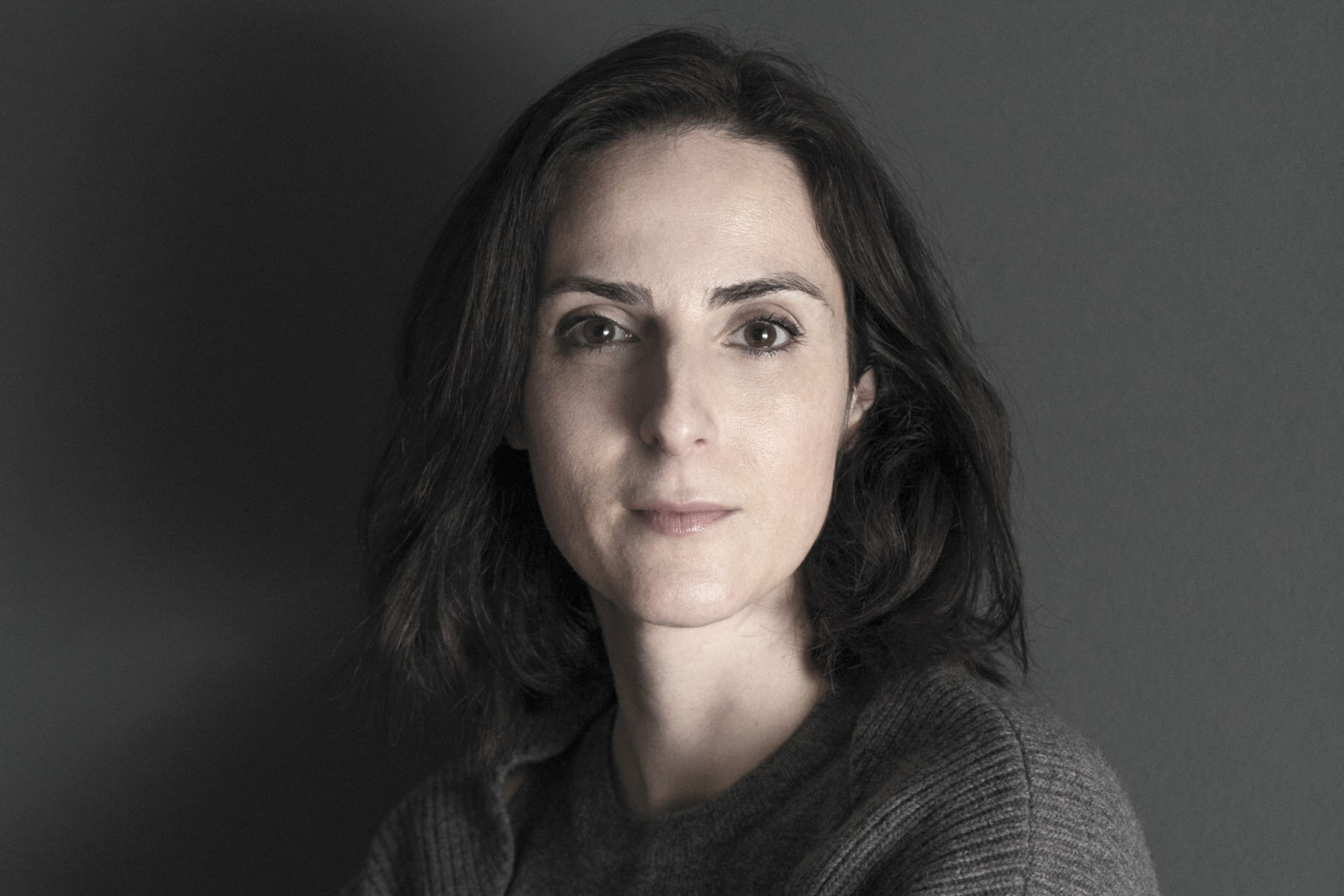Senior Lecturer in Archaeology, Dr Efrosyni Boutsikas, has been awarded a Marie Skłodowska-Curie Fellowship for her project: Spatio-Temporal Analysis of Ritual and Ancient Greek Experience of Sacred Spaces (STAR-AGESS). The STAR-AGESS project is also part of the Kent Interdisciplinary Centre for Spatial Studies (KISS).
The 18-month research project looks into advanced 3D modelling and landscape analyses, delves into the research of the cognitive formation of space and experience in ancient ritual performance. Most of the time will be spent at the Catalan Institute of Classical Archaeology in Tarragona (Spain) and at the Religion, Cognition and Culture Research institute of the Department of the Study of Religion at Aarhus University (Denmark), but there will also be field trips to Greece to survey selected archaeological sites such as the Sanctuary of Hera at Perachora, Sanctuary of Poseidon at Sounion and Sanctuary of Aphaia at Aegina.
We caught up with Dr Boutsikas to find out more about her project.
How did this project come about?
Dr Boutsikas: The idea of this project first came about during my visit to the Institute of Classical Archaeology in Tarragona in 2019, where I had been invited to give a research lecture. The conversations I had with the Institute’s researchers made it clear that there was ample room for collaboration, as the Institute hosts some 20 researchers in the Landscape Archaeology Research Group (GIAP), many of which are highly trained in 3D reconstructions using a variety of means (e.g. lidar, photogrametry, laser scanning) and are experienced with network analysis and simulation. During my short stay at the Institute, which was partially funded by the University of Kent, we started piecing together the idea for this project and continued to develop it remotely after I departed for almost a year.
What do you hope the impact of this research project will be?
Dr Boutsikas: This project will allow us to reconstruct the topographical setting, visible landscape, skyscape, built environment and temporal context (i.e. the time in the day or year or day these sites would have been visited) of selected ancient Greek sanctuaries, situated in dramatic landscapes. We will study the interaction of all these elements to explore ways in which religious space and ritual timing negotiated ideas of cosmology and identity in ancient Greek cult practice. The ancient religious spaces, will be reconstructed by integrating architecture, topography, surrounding landscapes and skyscapes into a virtual environment, which will be used to explore ritual performances and spatial movement at different times.
The first aim is to virtually explore the reconstructed environment during ritual performances, at precise times of the year, day and night, in order to identify possible astronomical occurrences that may have influenced the asserted cosmological tenets and spatial configuration of the rituals. The second aim is to investigate the cognitive impact of the religious encounters and how they may have contributed to shaping collective experience, memories, identities and cosmovision.
This research will further our understanding of the function of ancient Greek sanctuaries by studying the elements that impacted the shaping of memories and experience during real-life movement within these spaces. My research so far has clearly demonstrated the fundamental role of astronomical occurrences to the timing of certain rituals observable from specific locations, as well as the impact of casting shadows and light in ancient experience of ritual performances. These spatio-temporal occurrences functioned as strong faith reinforcers for the community through perceived divine epiphany during the rituals, and this project with further our understanding of ancient Greek religious experience.

